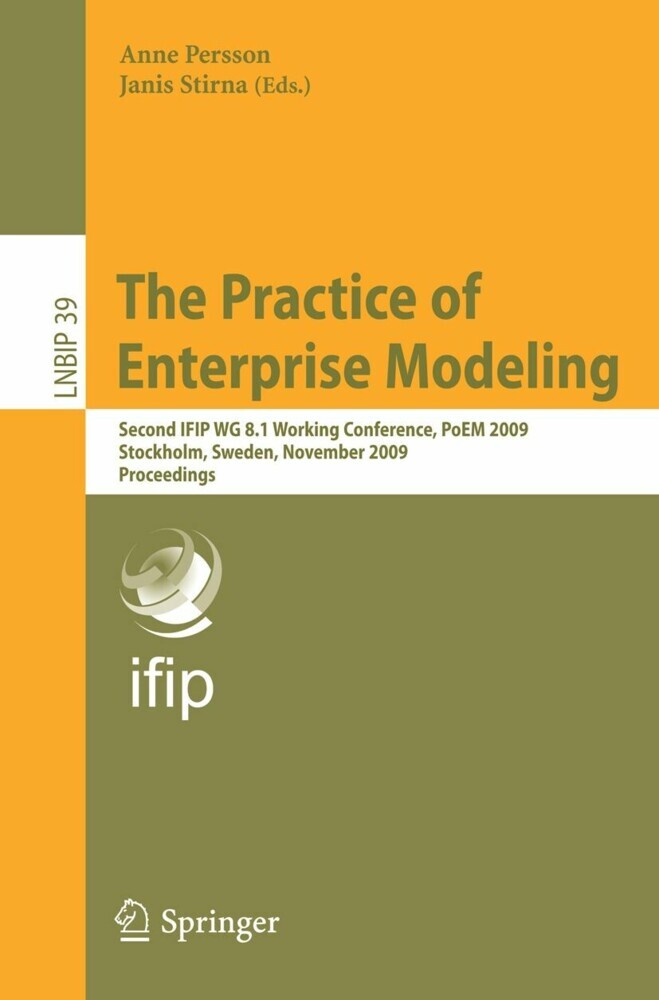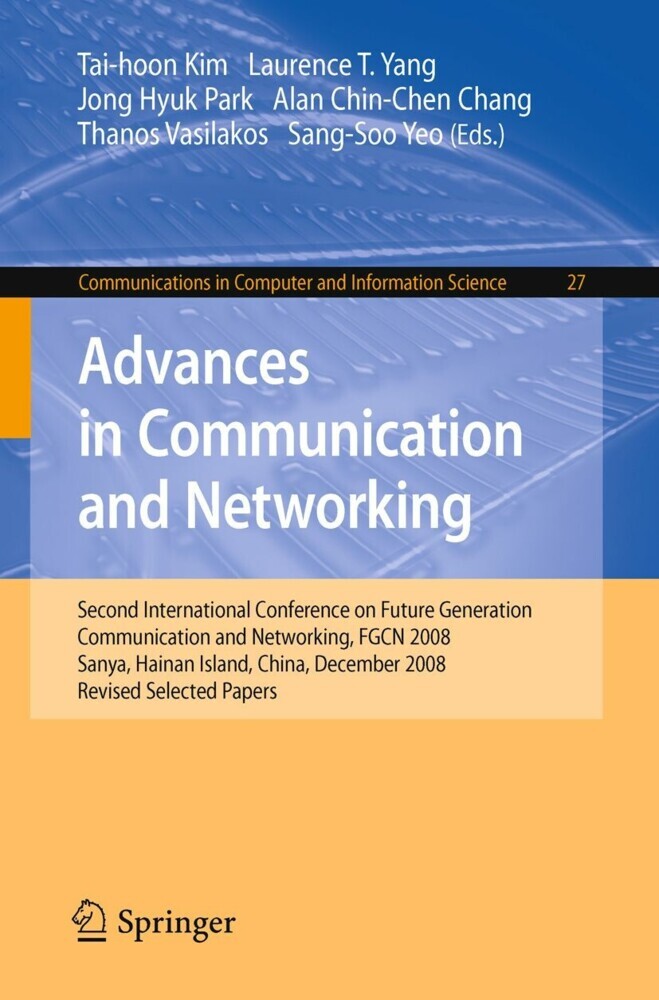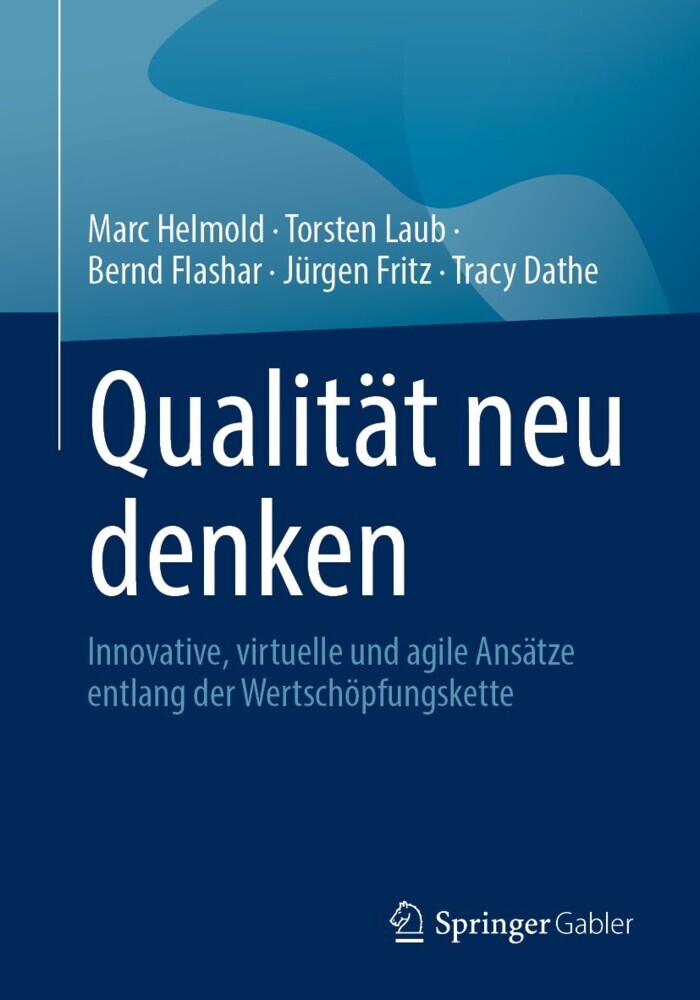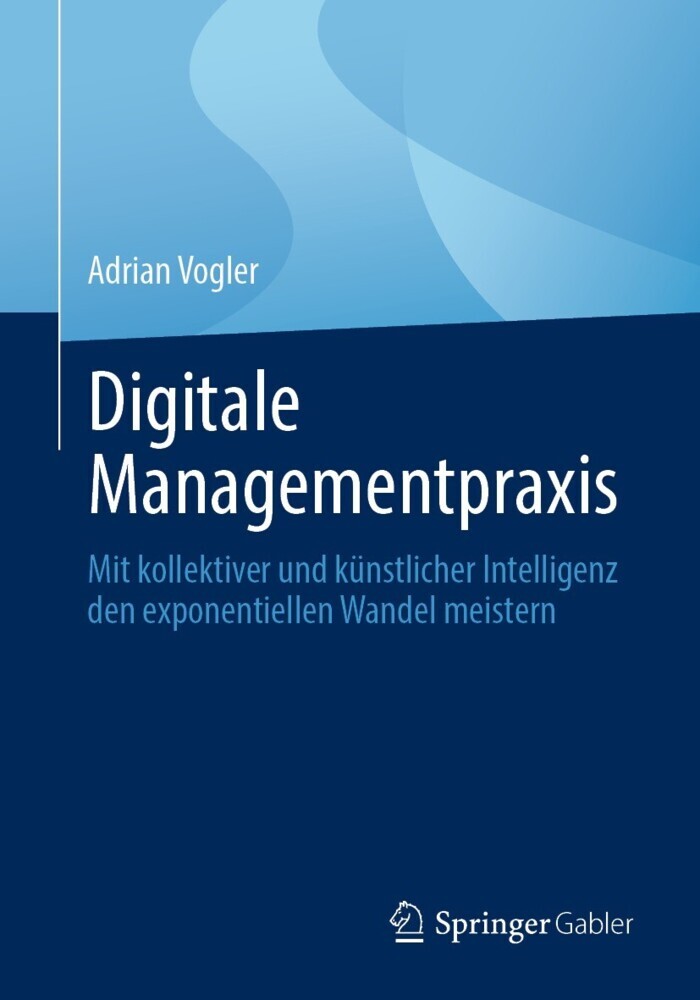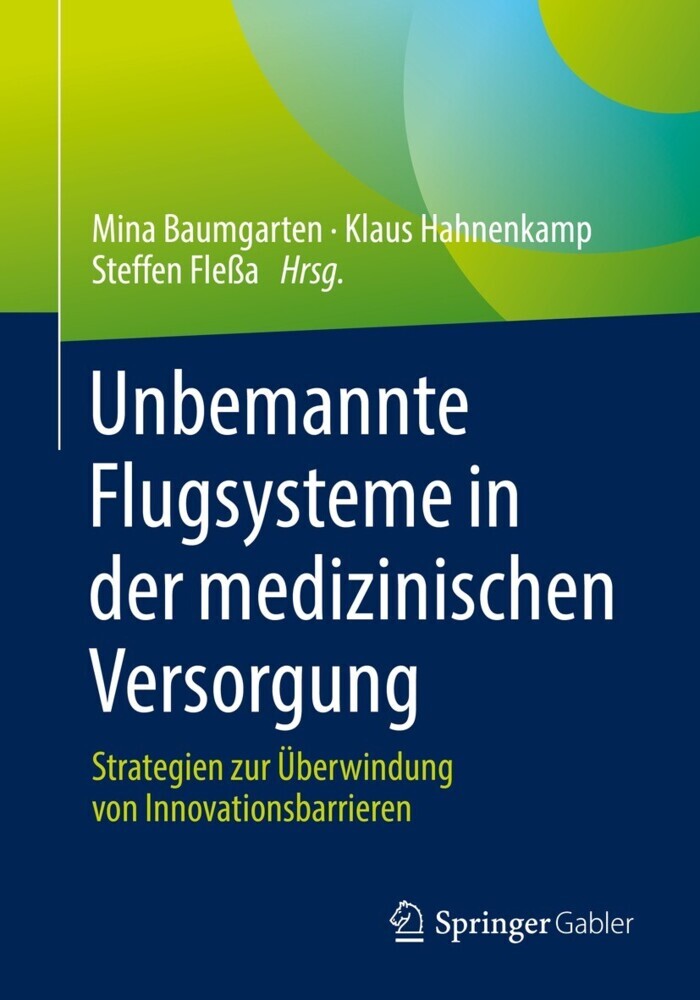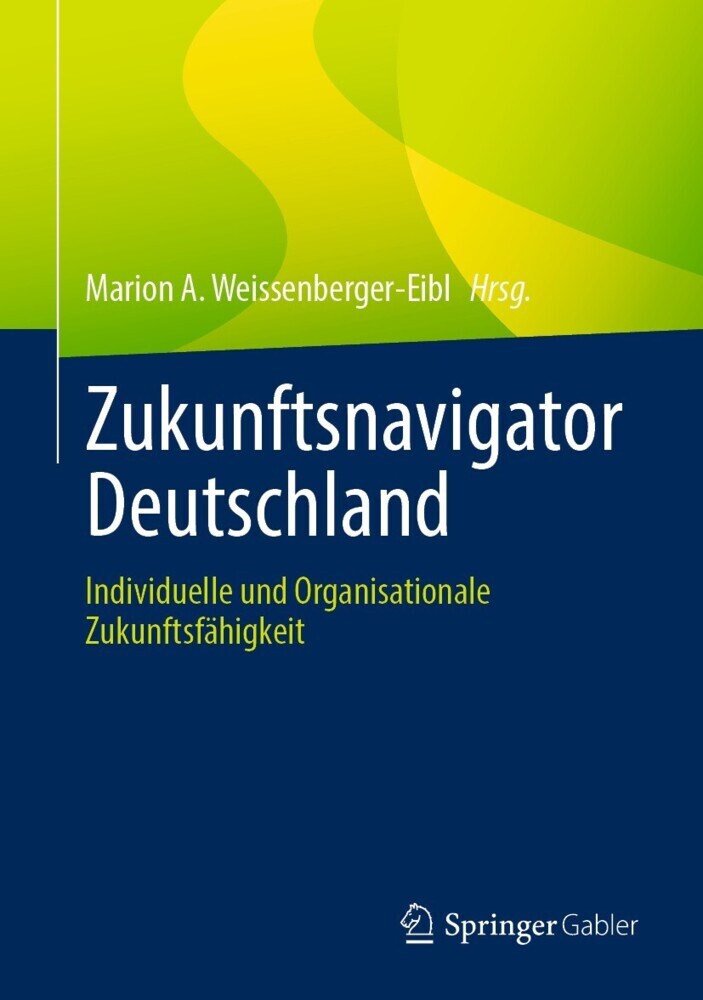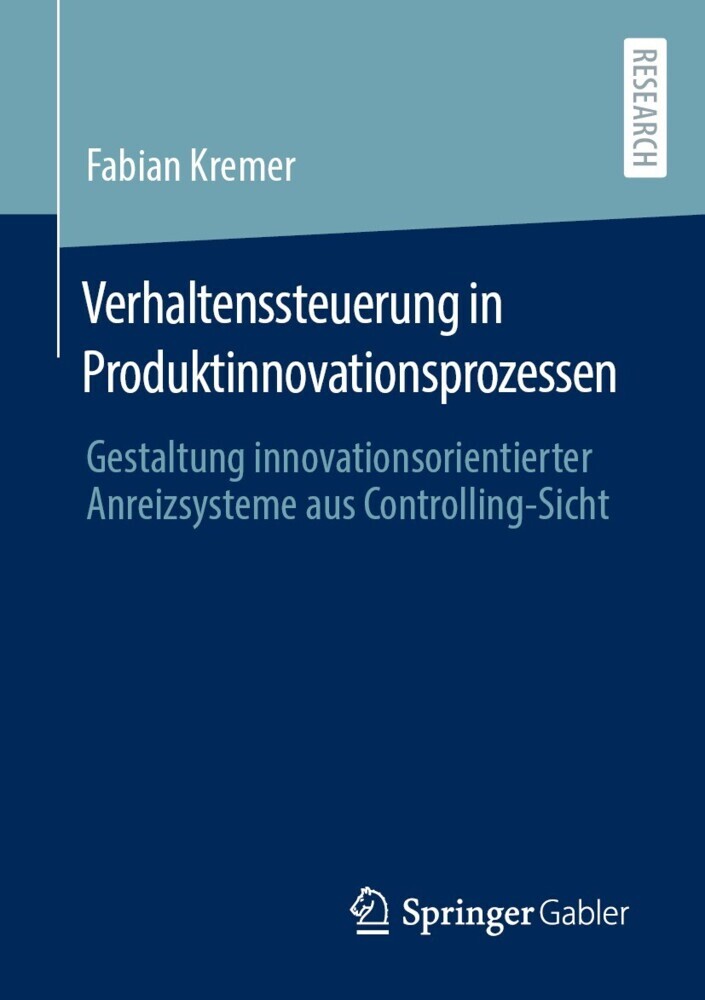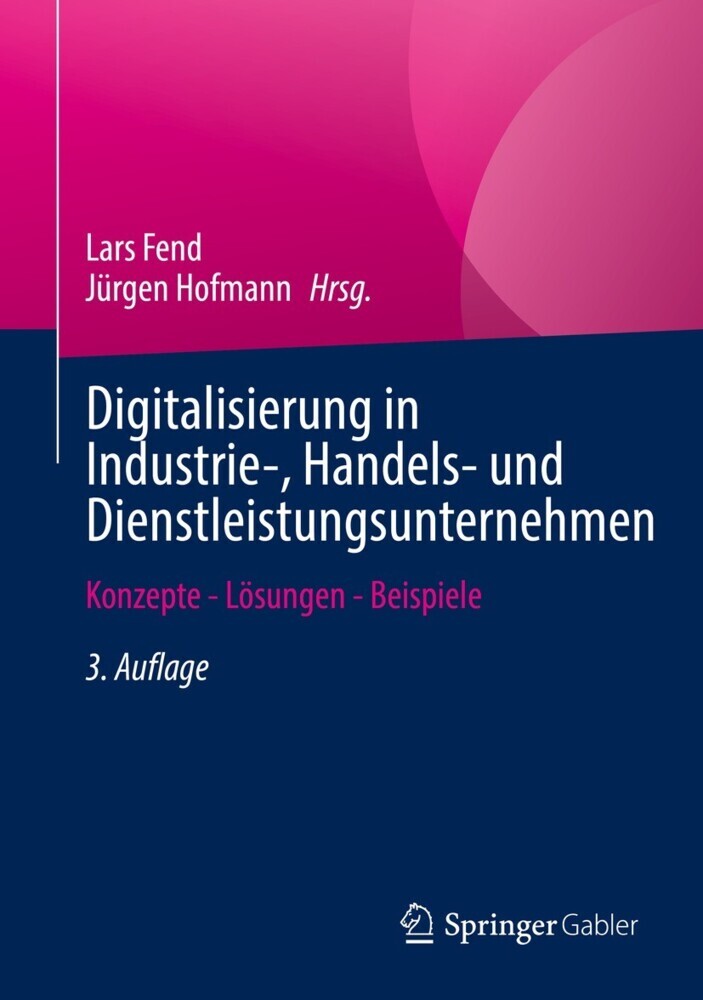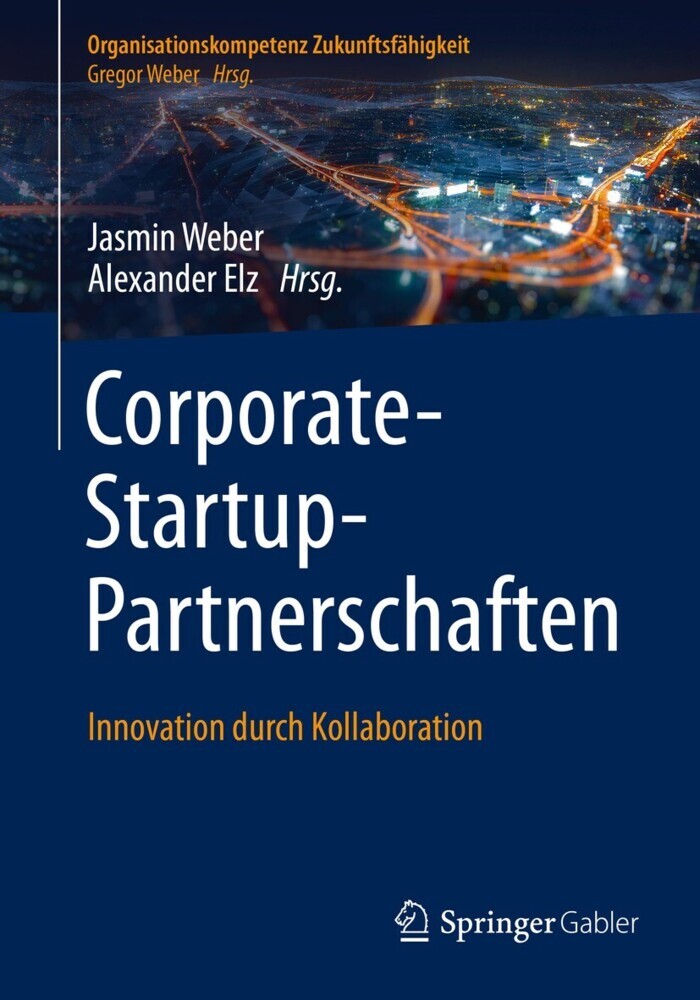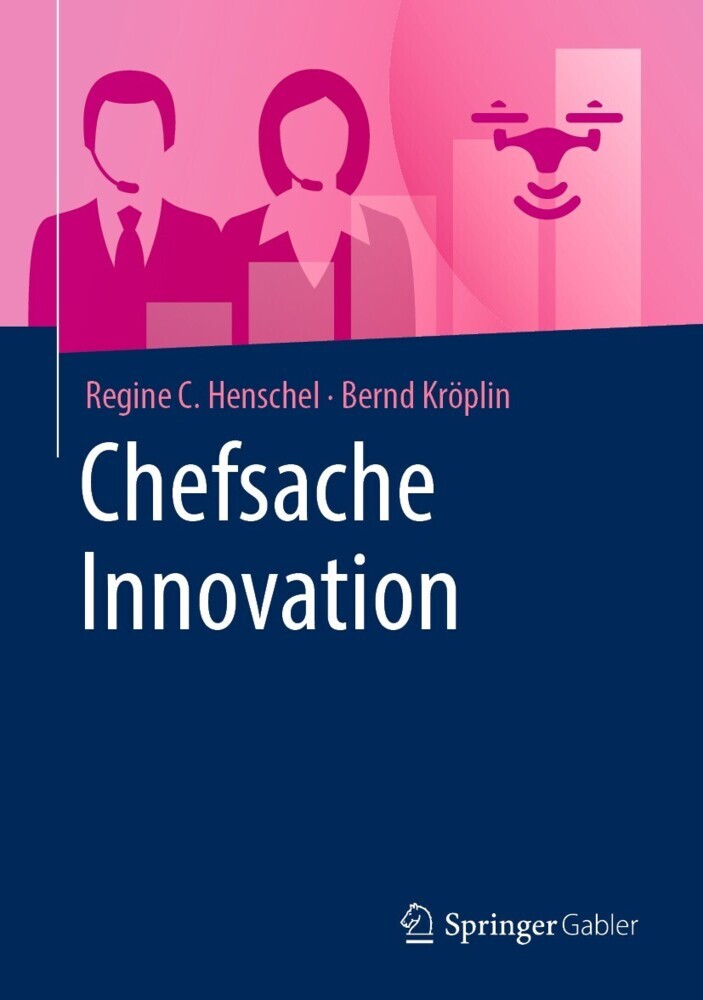The Practice of Enterprise Modeling
Second IFIP WG 8.1 Working Conference, PoEM 2009, Stockholm, Sweden, November 18-19, 2009, Proceedings
The Practice of Enterprise Modeling
Second IFIP WG 8.1 Working Conference, PoEM 2009, Stockholm, Sweden, November 18-19, 2009, Proceedings
This volume constitutes the proceedings of the Second IFIP WG 8.1 Working Conference on the Practice of Enterprise Modeling, which took place in Stockholm, Sweden, during November 18-19, 2009. The conference series constitutes a dedicated forum where practice of Enterprise Modeling (EM) is addressed by bringing together researchers, users, and practitioners in order to develop a better understanding of the subject, and to improve the practice of EM, as well as to share knowledge and experience. The 17 papers presented were carefully reviewed and selected from 41 submissions. The topics covered are experiences in EM, the process of modeling, EM in information systems development, model quality and reuse, enterprise modeling for service modeling, and new ventures in enterprise modeling.
1;Preface;52;Organization;73;Table of Contents;94;Keynotes;94.1;To Make Modeling a Natural Tool in Business Development We Need to Stop Talking about Modeling;114.1.1;Background;114.1.2;Business Development and Models;114.1.3;The Proof of the Pudding Is in the Eating;124.2;Enterprise Modeling - What We Have Learned, and What We Have Not;134.2.1;Background;134.2.2;Lessons Learned;134.2.3;Future Directions;154.2.4;References;165;Experiences in Enterprise Modeling;95.1;Information Demand Context Modelling for Improved Information Flow: Experiences and Practices;185.1.1;Introduction;185.1.2;The Constituent of Information Demand;195.1.3;Industrial Application Cases;205.1.4;Practices of Information Demand Modelling;215.1.4.1;Common Problems Related to Information Demand;225.1.4.2;Information Demand Modelling;235.1.5;Reflections and Discussion;275.1.5.1;Methods Supporting Action;275.1.5.2;Validity of Practices from EM;295.1.6;Summary and Future Work;315.1.7;References;315.2;The Common Model of an Enterprise's Value Objects, Presented in Relevant Business Views;335.2.1;Introduction;335.2.1.1;Work Procedure for the Effort;355.2.1.2;Organization of the Paper;365.2.2;The Cases;365.2.2.1;Case 1 - Matching Revenue to Cost of the Products;365.2.2.2;Case 2 - A Portal Business Start-Up during the Dot-Com Era;395.2.2.3;Case 3 - A Large Manufacturer of Vehicles (Common Object Model);415.2.2.4;Case 4 - A Large Manufacturer of Vehicles (Service Market View of Corporate Common Object Model);435.2.3;Experiences;445.2.3.1;Deliverables Case #1;445.2.3.2;Deliverable Case #2;445.2.3.3;Deliverable Case #3;445.2.3.4;Deliverable Case #4;455.2.4;Conclusions and Future Work;455.2.5;References;475.3;On the Use of i* for Architecting Hybrid Systems: A Method and an Evaluation Report;485.3.1;Introduction;485.3.2;The Experience;495.3.2.1;The ETAPATELECOM Case;495.3.2.2;The Cuenca Airport Case;495.3.3;The DHARMA Method;505.3.4;The i* Framework from the Stakeholder Point of View;525.3.4.1;Initial Modeling;525.3.4.2;The Model as a Communication Mean;555.3.5;The i* Framework from the Modeler Point of View;565.3.5.1;Drawing of the Diagram;565.3.5.2;Reusability;565.3.5.3;DHARMA-Related Lessons Learned;595.3.6;Conclusions and Future Work;615.3.7;References;626;The Process of Modeling;96.1;Interactions, Goals and Rules in a Collaborative Modelling Session;646.1.1;Introduction;646.1.2;Analytical Setup;666.1.2.1;Research Questions;666.1.2.2;General Set-Up of the Study;666.1.3;Framework and Concepts;696.1.4;Findings;716.1.4.1;Categorization of the Speech-Acts;726.1.4.2;Categorization of Topics of Interactions;736.1.4.3;Rules and Goals;736.1.4.4;Overall Findings and Observations;746.1.4.5;Comparison with Existing Frameworks;756.1.5;Conclusions and Further Research;776.1.6;References;776.2;Evaluating Modeling Sessions Using the Analytic Hierarchy Process;796.2.1;Introduction;796.2.2;Modeling Process Evaluation Framework;806.2.3;Research Setup: Case Study Scenario;816.2.4;Proposed Evaluation Method: AHP Method;846.2.4.1;Analytic Hierarchy Process Methodology;846.2.4.2;Structural Decomposition Step;846.2.4.3;Pairwise Comparison - Comparison Scale;856.2.4.4;Pairwise Comparison - Forming a Comparative Matrix;876.2.4.5;Relative Weight Estimation - Eigenvector Method;886.2.4.6;Consistency Check;896.2.4.7;Synthesizing - Overall Rating and Ranking;906.2.5;Related Work;916.2.6;Conclusion and Future Work;926.2.7;References;926.3;A Goal-Oriented Approach for Business Process Improvement Using Process Warehouse Data;946.3.1;Introduction;946.3.2;Related Work;956.3.3;Process Design Framework;966.3.4;Case Study;976.3.5;A Decision Relationship Model for Process Improvement;986.3.6;Using DRM for Process Improvement;1006.3.7;Application of DRM for Process Improvement: A Case Study;1036.3.8;Conclusion;1066.3.9;References;1067;Enterprise Modeling in Information Systems Development;97.1;From i* Req
| ISBN | 9783642053528 |
|---|---|
| Artikelnummer | 9783642053528 |
| Medientyp | E-Book - PDF |
| Copyrightjahr | 2009 |
| Verlag | Springer-Verlag |
| Umfang | 268 Seiten |
| Sprache | Englisch |
| Kopierschutz | Adobe DRM |

